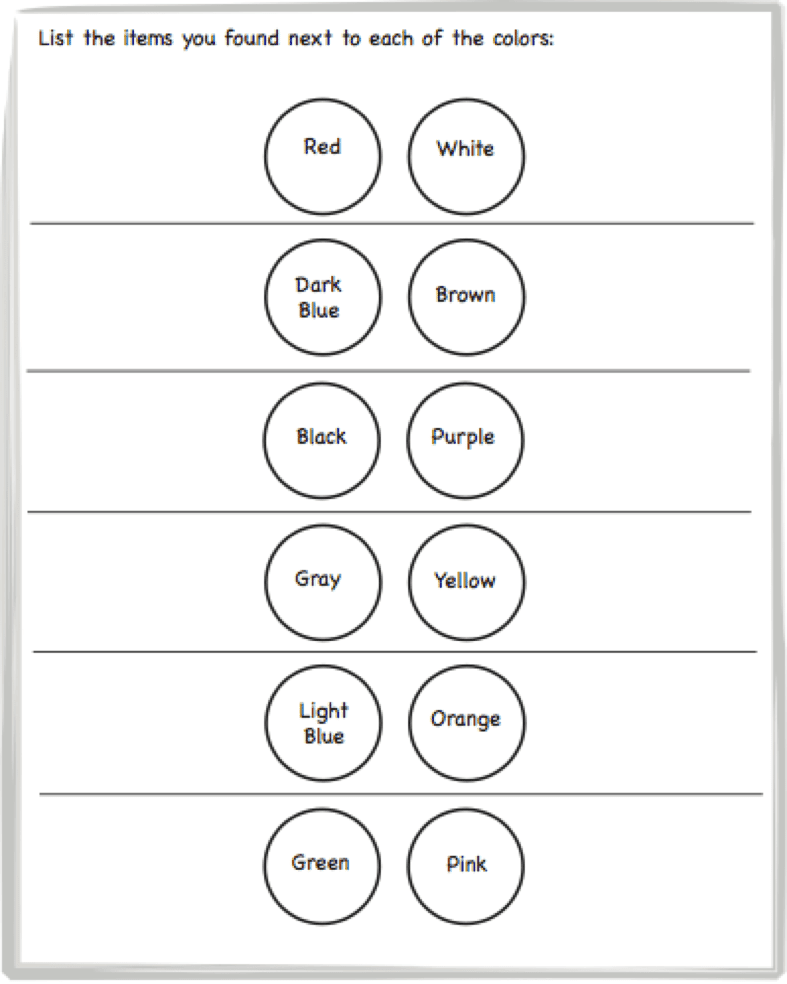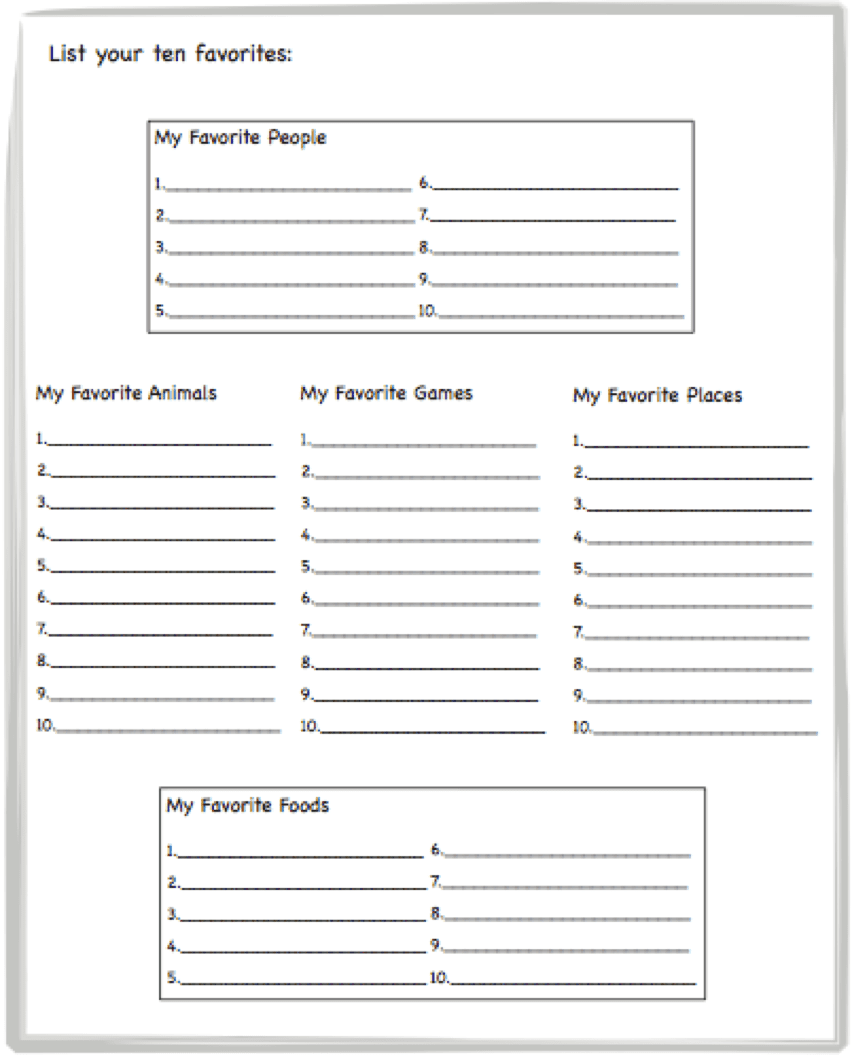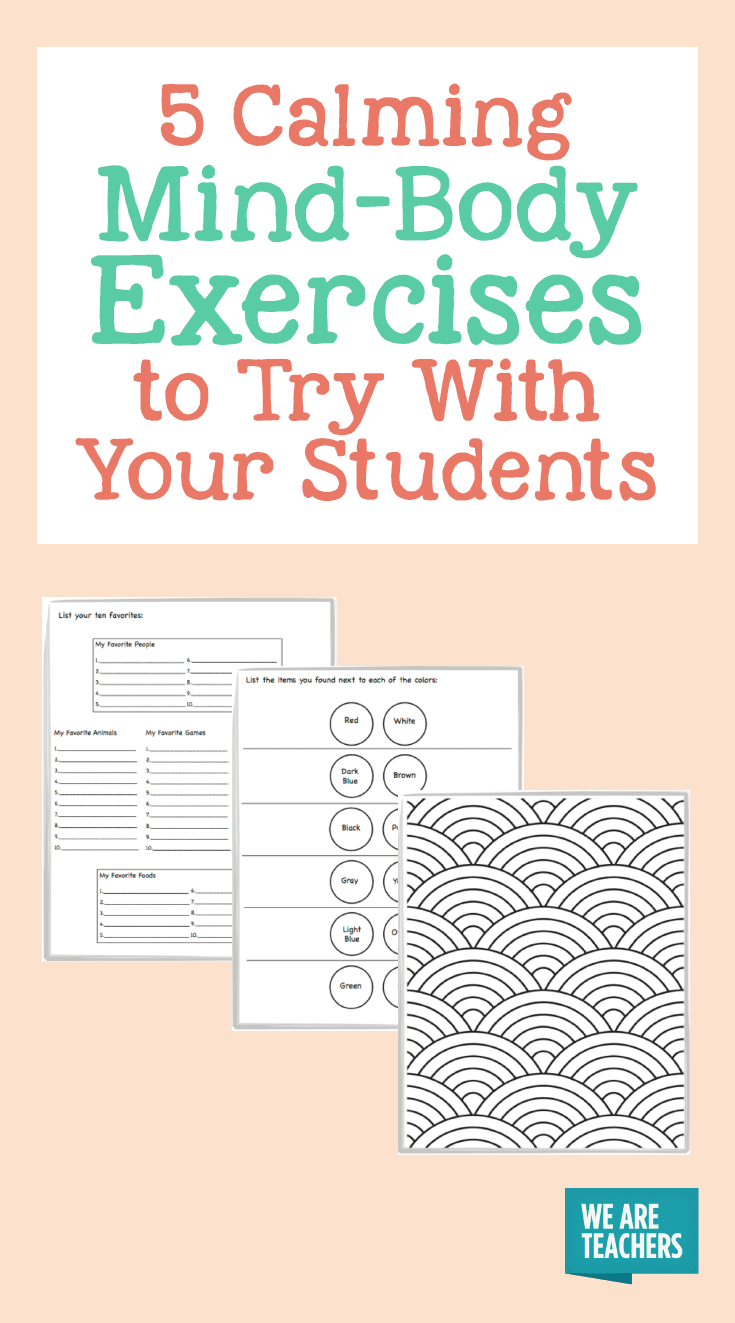All children can benefit from activities like mindful breathing and visualization, but especially children who are dealing with something really significant like a recent move, a divorce or a death in the family. Mind-body exercises can help kids learn to calm their minds and regulate their emotions. Some of the many benefits of introducing mind-body exercises into your classroom include students learning better self-control, anxiety management, concentration and mental focus.
The following activities are adapted from activities and lessons in Starr Commonwealth’s Certified Trauma and Resilience Specialist in Education program.
Breathing and Movement
Engaging children in breathing and movement activity helps them become more aware of their bodies and the sensations within their bodies. It teaches them how to use their breath to focus their attention and calm themselves. The goal is for kids to learn techniques that they can later use when they need help regulating their emotions or behaviors. Remember, the more they practice, the easier it will be for them to call on these resources during uncomfortable or overwhelming situations.
Simple mind-body exercises to start with are deep belly breathing. In this activity, students will stand up straight with their feet shoulder-width apart, their bodies relaxed and their eyes closed. You will read the instructions for them to follow as they observe the breath as it flows through their body.
Progressive muscle relaxation is another great activity for helping students become aware of their bodies as you guide them through tightening and then releasing their muscles from their heads to their toes.
Mindfulness
Mindfulness exercises give kids the opportunity to be fully present in the moment. Being mindful and focused on a task can provide relief from revisiting past stress and trauma, like abuse or an absent family member, or from worrying about the future.
Try this simple listening activity. Have your students sit quietly at their desks with their eyes closed. Ask them to quiet their minds and listen very carefully to what is going on around them. Then set a timer for one minute. They may hear the tick of a clock or the hum of a computer, the sound of their own breath entering and leaving their body or birds chirping outside the classroom. Encourage them to try and keep thoughts from interrupting their listening. When time is up, ask students to notice what their bodies and minds feel like compared to before the activity.
Active, mind-body exercises you can try are leading your students on color searches. Make one copy of this printable for each student and have them search the classroom (or library, or hallway, or outdoor space, etc.) to find one item for each color listed on the sheet. The only catch? They must search independently and silently so that everyone can work mindfully.
Guided Imagery and Relaxation
A great strategy to help kids learn to interrupt intrusive thoughts is guided imagery. Guided visualizations are usually directed by a script and can be recorded or read aloud. Read the script slowly in a quiet place, free from interruptions. You may want to have soft, relaxing music playing in the background while you read the script. Do whatever works best for your kids.
Try this simple relaxation exercise/guided visualization. Have your kids sit quietly and comfortably in their chairs. Tell them to close their eyes and listen to the rhythm of their breathing as they follow your directions, which will focus their attention on noticing and relaxing one part of their body at a time. Afterward, encourage them to remember what this relaxed state feels like whenever they feel tension or worry, like before a big test or when they have to visit a family member in the hospital.
Create or find scripts for other scenarios you might use for guided imagery—for example, going on a hot air balloon ride, taking a walk in the woods, or sitting beside a babbling brook.
Drawing and Coloring
Drawing and coloring can be wonderful mind-body exercises to calm and focus your students. Take a break from the chaos of a full day and put on soft music, dim the lights, and let your kids enjoy creating something beautiful. You may even want to join in! Being able to tap into the quiet concentration that creating art requires will build your students’ capacity for self-calming in upsetting situations, such as when they are in a fight with a friend or are worrying about not finishing an assignment.
You can give your students drawing prompts such as, “Draw a picture of yourself,” or “Draw a favorite pet or animal,” or “Draw your happy place.” Or give them copies of mandalas to color or interesting printables like this one.
Journaling Mind-Body Exercises
Journaling can be a fun and relaxing mind-body exercises for your students. It has the added benefit of giving kids an opportunity to work out problems they are experiencing—loss, worries, disputes, dilemmas—as well as the chance to remember good experiences. Don’t set limits on the content or format of their writing, just encourage them to express themselves any way they choose: They can make lists, write simple poems or essays or letters they would like to send, or simply jot down words or phrases.
Sometimes kids have a hard time knowing where to begin. If this is the case, they may appreciate being given prompts like “Things that make me happy (or sad or angry) are…” or “One of the best stories I’ve ever heard or read is…” or “My favorite place in the world is…” Download this printable to help get students started with lists of 10 favorite things.





